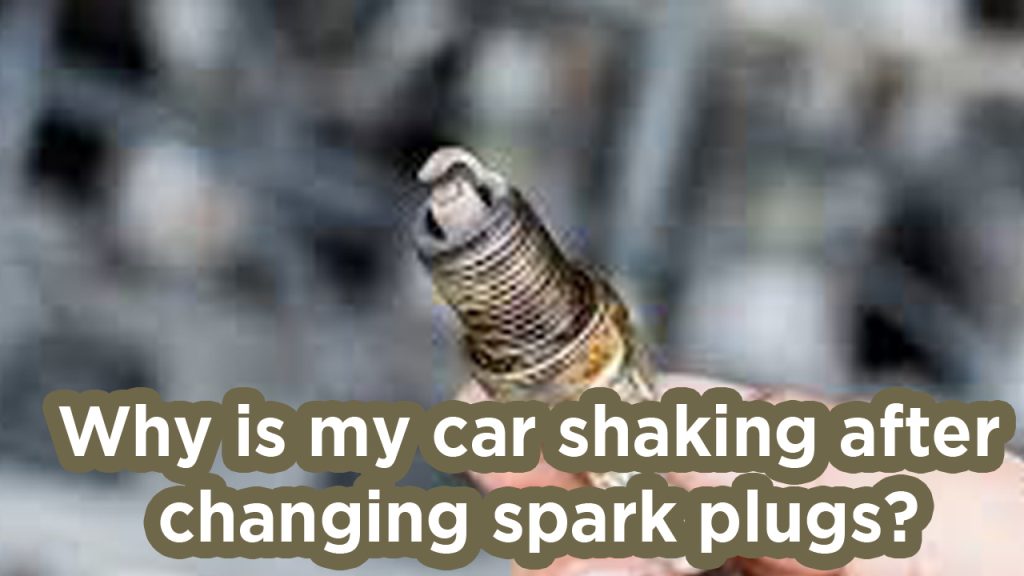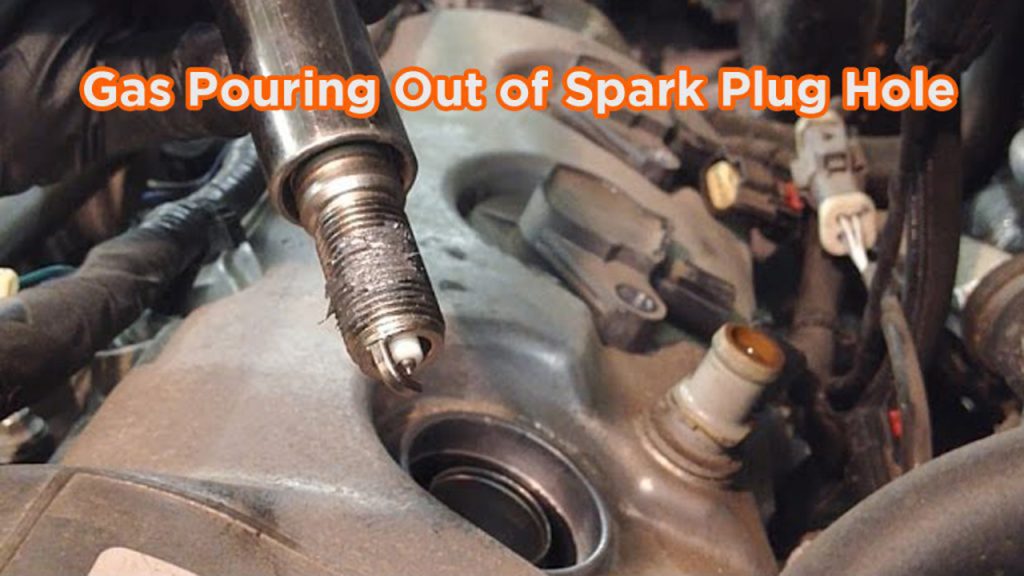Changing spark plugs is a regular maintenance task that can significantly improve your car’s performance. However, it can be frustrating and confusing when your car starts shaking right after you’ve replaced them. This shaking can feel like a rough idle, vibrations when accelerating, or even a jerking motion.

I’ve experienced this firsthand, and I know how nerve-wracking it can be. You start questioning whether you did something wrong or if your car has a deeper issue. The good news is, most of the time, the cause of the shaking is identifiable and fixable. Let’s dive into the possible reasons your car is shaking after changing spark plugs and how you can resolve it.
What Causes a Car to Shake After Changing Spark Plugs?
Several factors can contribute to a car shaking after spark plug replacement. It might be something as simple as an improperly installed spark plug or something more complex like a related component failing.
Common Reasons for Post-Spark Plug Shaking
Improperly Installed Spark Plugs
Sometimes, the simplest explanation is the correct one. If a spark plug isn’t seated properly or hasn’t been torqued down to the manufacturer’s specifications, it can cause uneven combustion. This leads to engine misfires and vibrations.
Solution:
- Check that each spark plug is securely tightened but not over-torqued.
- Use a torque wrench to match the recommended settings in your car’s manual.
Wrong Type of Spark Plug
Not all spark plugs are the same. Using a spark plug with the wrong heat range, size, or electrode gap can disrupt the engine’s firing sequence.
Solution:
- Verify that you’ve used the spark plugs recommended for your vehicle.
- Double-check the gap measurements with a feeler gauge before installation.
Coil or Ignition System Issues
When replacing spark plugs, you might accidentally damage the ignition coils or wires. A faulty coil can disrupt the spark delivery, causing the engine to misfire and vibrate.
Solution:
- Inspect the ignition coils and wires for cracks, burns, or loose connections.
- Replace any damaged components immediately.
Dirt or Debris in the Cylinder
If dirt or debris falls into the cylinder while changing spark plugs, it can interfere with combustion and lead to shaking.
Solution:
- Remove the spark plug and use compressed air to clean out the cylinder.
- Ensure the area around the spark plug hole is clean before installation.
Vacuum Leaks
A disconnected or damaged vacuum hose near the spark plugs can cause air to leak into the system, creating an imbalance in the air-fuel mixture. This imbalance can result in shaking.
Solution:
- Inspect the vacuum hoses for damage or disconnections.
- Replace any cracked or worn hoses.
Fuel Injector Issues
If a fuel injector becomes clogged or isn’t delivering fuel properly, it can lead to uneven combustion, causing the engine to shake.
Solution:
- Use a fuel injector cleaner to remove minor clogs.
- For severe clogs, you may need to replace the fuel injectors.
Engine Mount Problems
While not directly related to the spark plugs, an engine mount in poor condition can amplify vibrations, making it feel like the spark plugs are the issue.
Solution:
- Inspect the engine mounts for wear or damage.
- Replace any mounts that appear loose or cracked.
How to Diagnose the Problem
Here’s how you can narrow down the cause of your car’s shaking:
| Step | What to Do |
|---|---|
| Inspect Spark Plugs | Check for proper installation, correct type, and any visible damage. |
| Check Error Codes | Use an OBD-II scanner to see if any error codes indicate misfires or other issues. |
| Test Ignition Coils | Swap coils between cylinders to see if the issue follows a specific coil. |
| Inspect Vacuum Hoses | Look for loose or damaged hoses near the engine. |
| Monitor Fuel System | Check for poor fuel delivery by observing performance changes after using a fuel injector cleaner. |
| Evaluate Mounts | Look for excessive movement or noise from the engine mounts. |
Preventing Future Shaking Issues
- Follow Manufacturer Recommendations: Always use the spark plugs and components specified in your car’s manual.
- Handle Components Carefully: Be cautious when removing or installing spark plugs and ignition coils.
- Clean the Area Before Installation: Ensure there’s no dirt or debris near the spark plug holes.
- Use Proper Tools: A torque wrench and feeler gauge can help ensure accuracy.
When to Seek Professional Help
While DIY fixes can solve many of these issues, some problems may require professional expertise. If your car continues to shake despite your best efforts or if you’re uncomfortable diagnosing the issue yourself, it’s time to consult a mechanic.
A professional can run advanced diagnostics to pinpoint the root cause and ensure that your car is running smoothly again.
Conclusion
A car shaking after changing spark plugs is a common issue, but it’s not one you have to live with. By carefully checking your work and inspecting related components, you can often identify and fix the problem yourself.
From my experience, the most common culprits are improperly installed spark plugs, damaged ignition components, or something as simple as a vacuum leak. Address these issues, and you’ll likely have your car running smoothly again in no time.
Staying calm and methodical is the key to resolving car troubles. If all else fails, don’t hesitate to reach out to a trusted mechanic for help.
FAQs
Why is my car shaking at idle after changing spark plugs?
This could be due to an improperly seated spark plug, a vacuum leak, or damaged ignition components.
Can spark plugs cause the car to shake while driving?
Yes, misfiring spark plugs can lead to vibrations while driving, especially under acceleration.
How can I tell if I used the wrong spark plugs?
If your car starts shaking or misfiring after a spark plug change, double-check the part number and gap specifications against your car’s manual.
Do I need to replace ignition coils when changing spark plugs?
Not always, but if your coils are old or damaged, replacing them alongside the spark plugs can prevent issues.
What tools should I use to ensure proper spark plug installation?
A torque wrench and a feeler gauge are essential for proper installation and gap checking.


